Intro
Like many of the feral horses found in the US, Santa Cruz Island Horses are the feral descendants of domestic animals brought to the island.
Read more
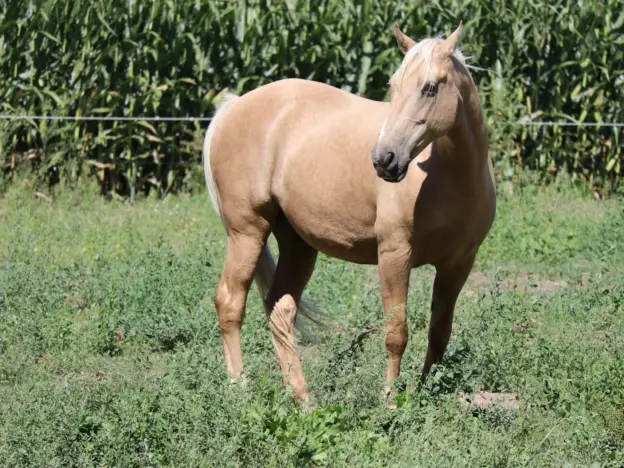
Like many of the feral horses found in the US, Santa Cruz Island Horses are the feral descendants of domestic animals brought to the island.
Read more
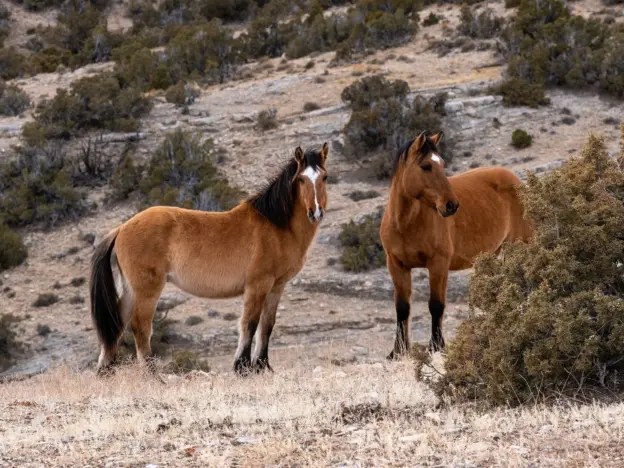
There are many different strains of American Mustang, all of them originally imported Colonial Iberian types. The Pryor Mountain herd is notable for being particularly pure genetically.
Read more
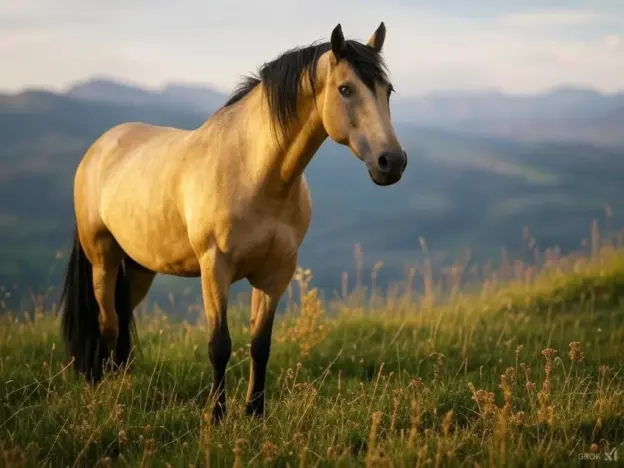
The Camardi Kulasi or Kula of Camardi is likely an extinct breed. Their name translates to ‘red roan of Camardi’ which is probably not an accurate translation, as the description says they are primarily buckskin.
Read more
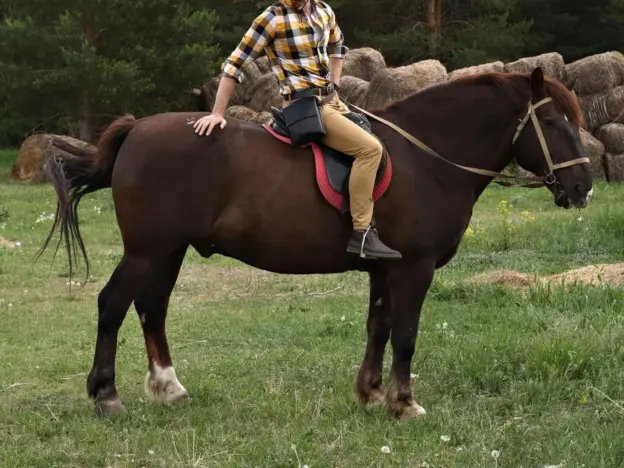
Also called the Tavdinka and Tavdinskaya, the Tavda is a forest type draft breed that comes from northern Russia and is considered a rather natural breed as their development has had very little human intervention.
Read more
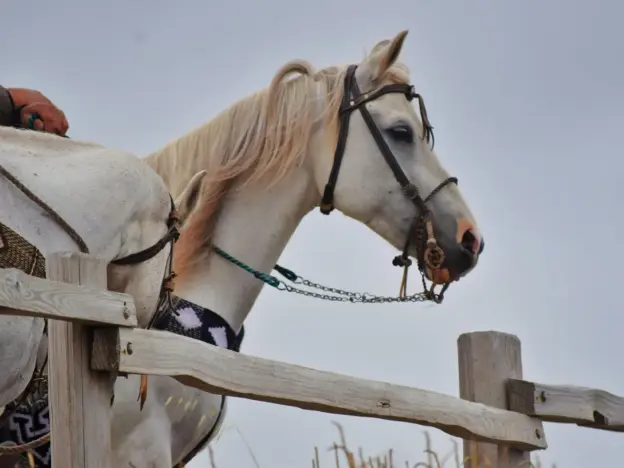
Interestingly enough, the Spanish Barb originated in the Americas, although they were developed by the Spanish. They come from North African and Iberian animals.
Read more
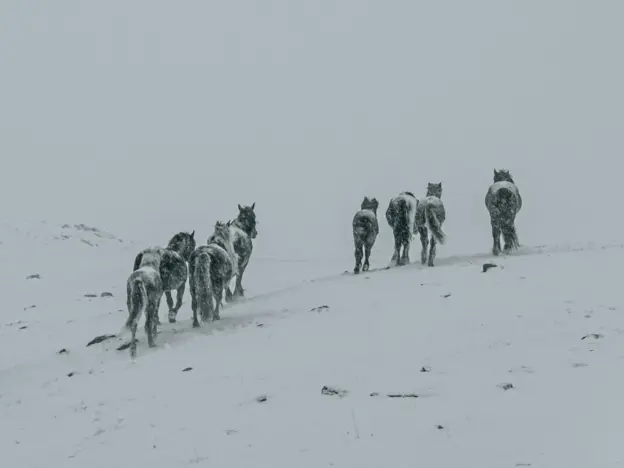
Also called the Pechorskaya, the Pechora comes from the regions around the polar circle and at the basin of the Pechora River in Russia.
Read more
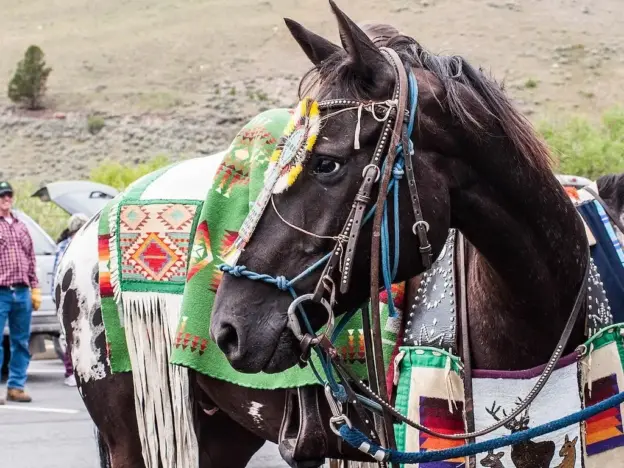
Although spotted horses have been documented in Europe and Asia for centuries, North American spotted horses were developed by the Nez Perce Indians in mid-18th century Oregon, Idaho and parts of Washington.
Read more
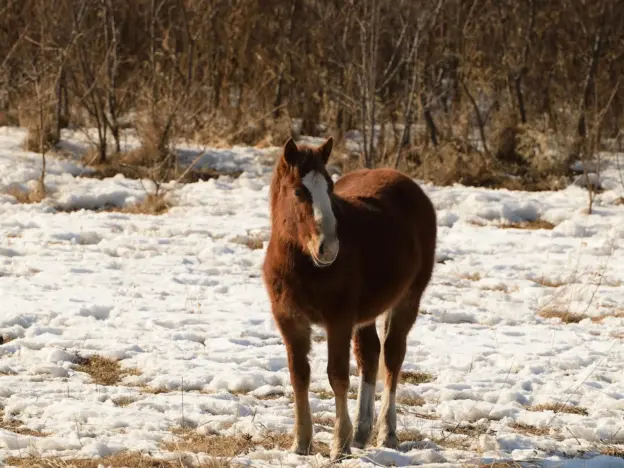
The Minusin breed is similar to many of the steppe breeds, having been shaped by life on the steppes. However these animals tend to be more robust and imposing in stature. According to the DAD-IS this breed is extinct as of 2006.
Read more
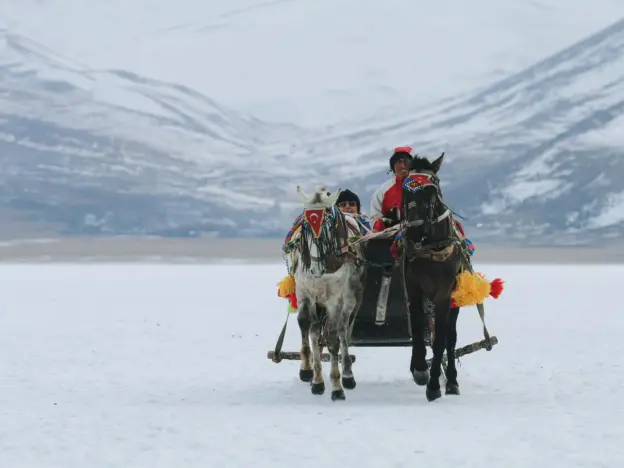
Kirgizskaya and Kirgiz Mountain, the Kyrgyz Horse has been bred in the steppes of central north Asia and Siberia by the Kyrgyz people for over 4000 years. These animals are different than Mongolian animals, as they were domesticated prior to Mongolian civilization.
Read more
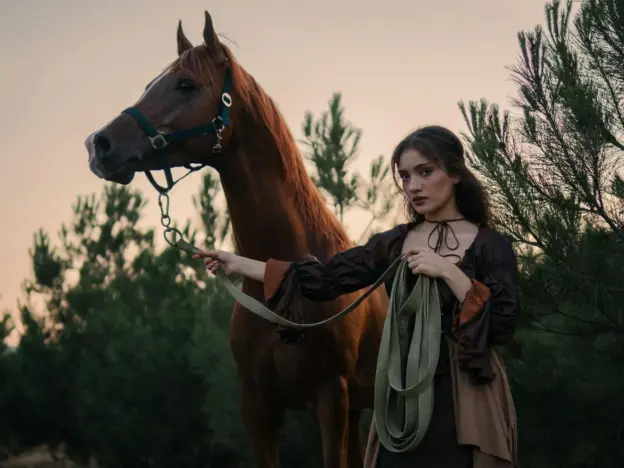
Also called Karabakhskaya, Lower Caucasus and Garabakh, the Karabakh horse is an ancient saddle breed that was developed in Nagorny Karabakh in Azerbaijan.
Read more